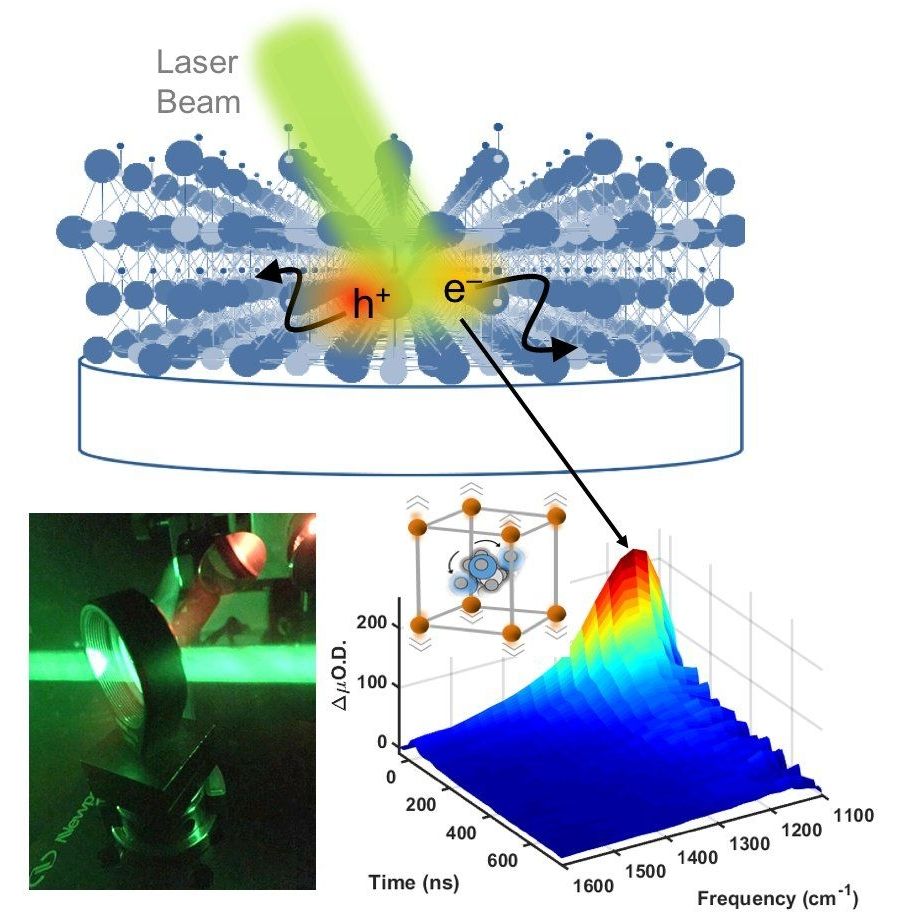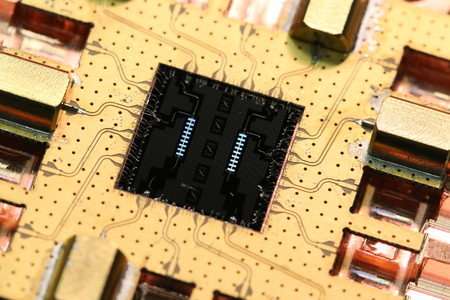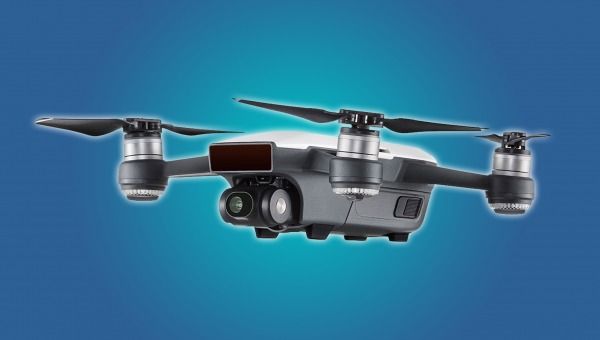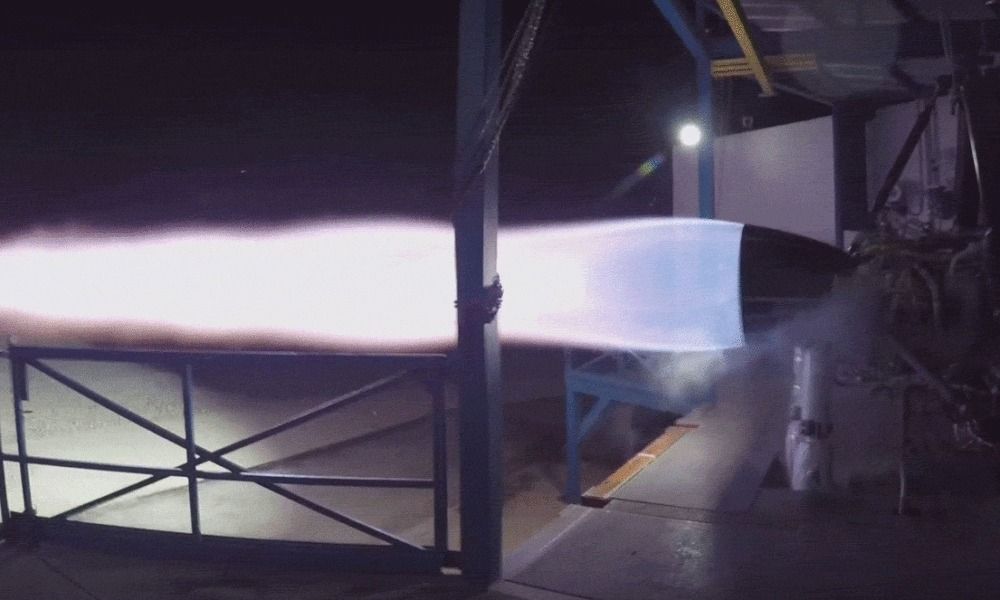Scientists create 3-dimensional brain spheroids—small, spherical, laboratory-grown human brain tissue.
- By Sam Rose on September 25, 2018

Scientists create 3-dimensional brain spheroids—small, spherical, laboratory-grown human brain tissue.
In this video, we’ll be discussing big data – more specifically, what big data is, the exponential rate of growth of data, how we can utilize the vast quantities of data being generated as well as the implications of linked data on big data.
[0:30–7:50] — Starting off we’ll look at, how data has been used as a tool from the origins of human evolution, starting at the hunter-gatherer age and leading up to the present information age. Afterwards, we’ll look into many statistics demonstrating the exponential rate of growth and future growth of data.
[7:50–18:55] — Following that we’ll discuss, what exactly big data is and delving deeper into the types of data, structured and unstructured and how they will be analyzed both by humans and machine learning (AI).

New insight into how a certain class of photovoltaic materials allows efficient conversion of sunlight into electricity could set up these materials to replace traditional silicon solar cells. A study by researchers at Penn State reveals the unique properties of these inexpensive and quick-to-produce halide perovskites, information that will guide the development of next generation solar cells. The study appears September 27 in the journal Chem.
“Since the development of silicon solar cells, which today can be found on rooftops and roadsides, researchers have sought new types of photovoltaic materials that are easier to process into solar cells,” said John Asbury, associate professor of chemistry at Penn State and senior author of the study. “This is because construction of silicon solar cells is complex and hard to scale-up to the level that would be needed for them to generate even 10 percent of our total demand for electricity.”
Because of these complications, researchers have been searching for less expensive alternatives to silicon solar cells that can be processed more quickly. They are particularly interested in materials that can be processed using a technique called roll-to-roll manufacturing, a technique similar to those used to print newspapers that enables low-cost, high-volume production. Such materials must be processed from solution, like ink printed on a page.

Scientists in the United States and Saudi Arabia have harnessed the abilities of both a solar cell and a battery in one device—a “solar flow battery” that soaks up sunlight and efficiently stores it as chemical energy for later on-demand use. Their research, published September 27 in the journal Chem, could make electricity more accessible in remote regions of the world.
While sunlight has increasingly gained appeal as a clean and abundant energy source, it has one obvious limitation—there is only so much sunlight per day, and some days are a lot sunnier than others. In order to keep solar energy practical, this means that after sunlight is converted to electrical energy, it must be stored. Normally this takes two devices—a solar cell and a battery—but the solar flow battery is designed to perform like both.
“Compared with separated solar energy conversion and electrochemical energy storage devices, combining the functions of separated devices into a single, integrated device could be a more efficient, scalable, compact, and cost-effective approach to utilizing solar energy,” says Song Jin, a professor of chemistry at the University of Wisconsin-Madison. Jin and his team developed the device in collaboration with Jr-Hau He, a professor of electrical engineering at King Abdullah University of Science and Technology (KAUST) in Saudi Arabia.

Conventional computers store information in a bit, a fundamental unit of logic that can take a value of 0 or 1. Quantum computers rely on quantum bits, also known as a “qubits,” as their fundamental building blocks. Bits in traditional computers encode a single value, either a 0 or a 1. The state of a qubit, by contrast, can simultaneously have a value of both 0 and 1. This peculiar property, a consequence of the fundamental laws of quantum physics, results in the dramatic complexity in quantum systems.
Quantum computing is a nascent and rapidly developing field that promises to use this complexity to solve problems that are difficult to tackle with conventional computers. A key challenge for quantum computing, however, is that it requires making large numbers of qubits work together—which is difficult to accomplish while avoiding interactions with the outside environment that would rob the qubits of their quantum properties.
New research from the lab of Oskar Painter, John G Braun Professor of Applied Physics and Physics in the Division of Engineering and Applied Science, explores the use of superconducting metamaterials to overcome this challenge.


You’d like to get into the drone sensation, but you don’t want to break the bank to do it. Don’t worry: there are plenty of options in the $100–300 range that include everything you need.
Before we continue: the term “drone” is a misnomer, since it technically describes something that can navigate on its own, not simply a remote control device. But then again, some of the more advanced models available—even a few on this list!—can indeed fly on their own, returning to their operator if a signal is lost, performing some pre-programmed tricks, or even avoid obstacles. So perhaps a persnickety terminology gripe is unwarranted, but we always want to ensure our readers are well informed and end up with a product that meets their expectations.
We’ve selected the best all-around drone for beginners, a cheap and durable one for kids, a drone that folds up for easy travel, one that’s ideal if you want to get into the exciting drone racing scene, and an upgrade model if you’re ready to spend a little more for advanced features.

Speaking in a September 7th interview with French newspaper Courrier International, Dr. Francis Rocard – director of French space agency CNES’ solar system exploration program – had little good to say about SpaceX and CEO Elon Musk’s long-term ambitions in space, going so far as to question the CEO’s driving ethics and label the company’s next-generation rocket and propulsion system “science-fiction”.


Just how valuable is that stretch of space between Earth and the moon’s orbit? Might this celestial real estate become hot property as an extension of military arenas in low Earth orbit, medium Earth orbit, and geosynchronous orbit?
Given forecasts of 21st-century activity on and around the moon by both private and government entities, could this be an economic area of development that needs protection in sthe years and decades to come? [In Photos: President Donald Trump and NASA].